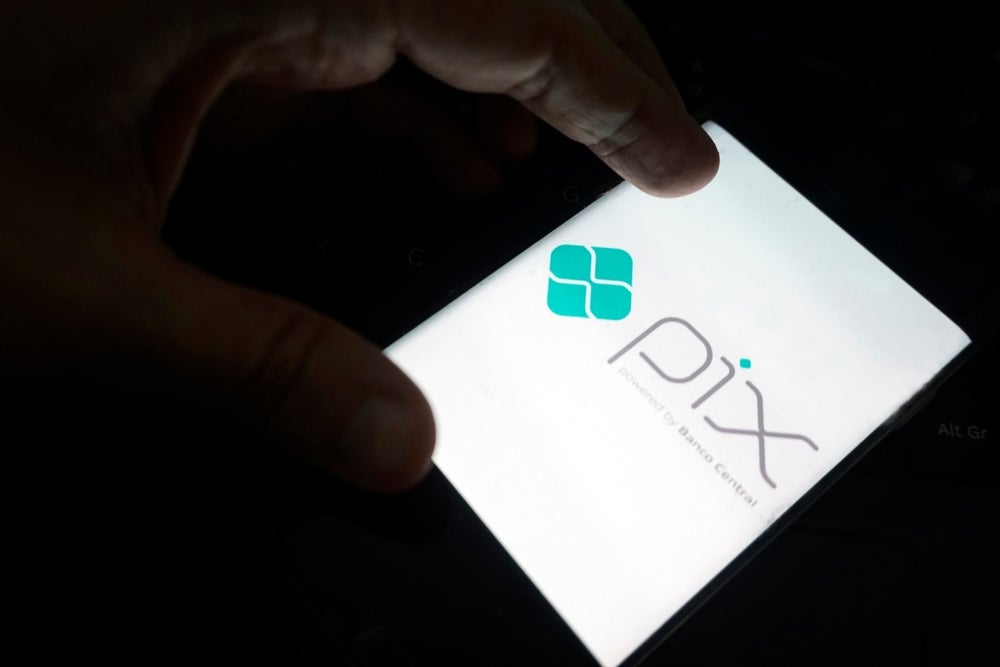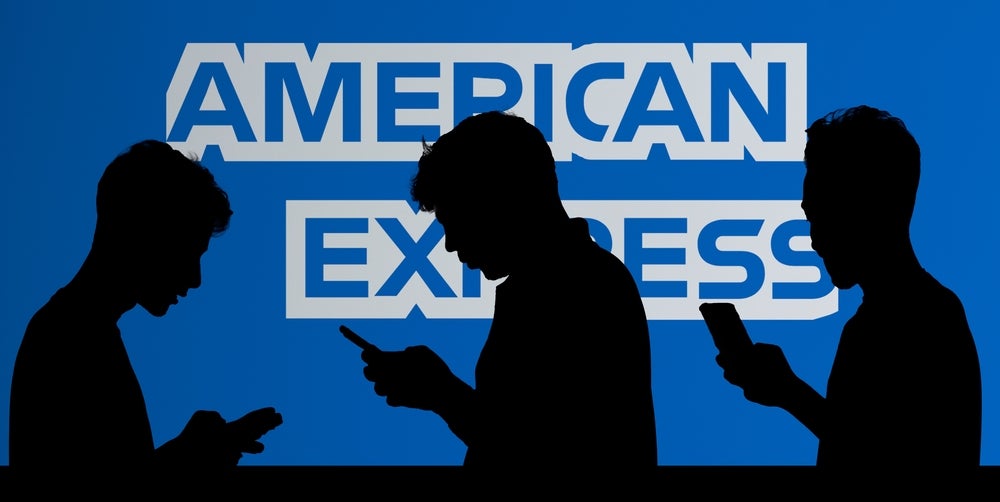Despite being Europe’s fourth-largest economy in terms of nominal GDP, Italians have remained slow adopters of electronic payments, primarily due to a strong consumer inclination for cash, which accounts for 81% of the payment transaction volume.
The country has a comparatively low penetration of payment cards, despite its robust POS terminal network.
The government’s push for electronic payments through a cap on cash transactions and the implementation of interchange fee regulation resulted in a gradual rise in payment card transaction volume during 2013-2017. Debit cards are the most-used payment card at the POS, followed by charge cards.
High banking penetration and combined efforts by banks and government bodies to promote electronic payments have helped drive debit card adoption.
The gradual migration of low-value payments to debit cards, and the rising adoption of contactless technology in debit cards have led to their increased use at POS terminals.

How well do you really know your competitors?
Access the most comprehensive Company Profiles on the market, powered by GlobalData. Save hours of research. Gain competitive edge.

Thank you!
Your download email will arrive shortly
Not ready to buy yet? Download a free sample
We are confident about the unique quality of our Company Profiles. However, we want you to make the most beneficial decision for your business, so we offer a free sample that you can download by submitting the below form
By GlobalDataIn addition to local residents, the government is focusing on bringing the immigrant population into the formal banking system, which will further push debit card adoption in the country.
Pay-later cards are not very popular among Italians, who prefer cash or debit cards. Charge cards accounted for almost 80% of the total pay-later card transaction value in 2017.
Italy’s e-commerce market is one of the fastest growing in Western Europe. In terms of transaction value, e-commerce registered annual growth of 18% to reach €23.6bn ($24.8bn) in 2017.
The Italian e-commerce market is dominated by PayPal, primarily due to its security features, comfort, convenience, and it being the cheapest available option.

Debit and credit cards together accounted for almost a quarter of online spending in 2017. Bank transfers ranked third, mainly because most Italian sites offer this as the only payment option.
Italy has one of Europe’s largest prepaid card markets, with 27.2 million open-loop cards in circulation in 2017 and recording a CAGR of 5.9% during 2013-2017.
A number of factors explain the popularity of prepaid cards in Italy. Consumers’ desire to control expenditure, their debt-averse nature, and conservative spending attitudes are all important factors. The anonymity of prepaid cards and their bank-less nature also play roles.
A range of prepaid cards are issued through Visa or Mastercard, including gift, travel, youth and remittance cards.







